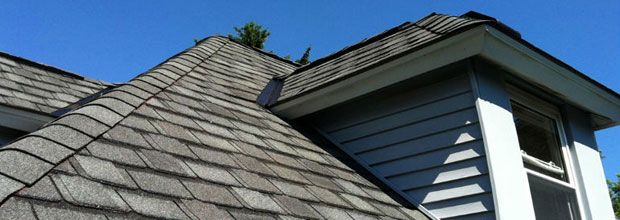Flagstone flag is a generic flat stone sometimes cut in regular rectangular or square shape and usually used for paving slabs or walkways patios flooring fences and roofing.
Quarried a kind of flat sandstone for roofing.
Asphalt shingles remain far and away the most popular choice because.
The first step to take when you re thinking of having a new roof installed is to figure out the type of roofing you want.
As shown in these images sandstone quarries in the western us typically remove flat slabs and rectangular blocks that are then broken down into products.
The kipton quarry is a 56 acre sandstone quarry located in north central ohio.
Sandstone is the result of the erosion of ancient mountain ranges over billions of years of earth history.
The grey and buff stone mined from the quarry meet some of the most stringent quality requirements sought after by landscapers architects and masons.
The open pit covers over 10 acres and provides access to a variety of unique sandstone formations.
Various of the sandstone beds of the millstone grit have been quarried for building stone paving flags and roofing material.
Graham lott of the british geological survey looks at the sandstones quarried and used for construction around britain the decline in the scale and diversity of building sandstone production since its victorian heyday and the implications for.
It may be used for memorials headstones facades and other construction.
Slate is one of the heaviest kinds of roofing with a weight of over 1000 pounds per square 100 square feet.
Setts also called belgian blocks are often casually referred to as cobbles although a sett is distinct from a cobblestone by being quarried or shaped to a regular form whereas cobblestone is generally of a naturally occurring form and is less uniform in size.
Many homes are not built to support that much weight and will require structural reinforcement plus certification by a structural engineer before roofing.
Its weight and expense makes slate an uncommon roofing choice.
Sandstone varies tremendously in color texture and durability.
The structure s smaller stones called bluestones were hauled from a quarry 233 kilometers 145 miles away in modern day wales.
St paul s church bristol constructed largely of grey pennant sandstone with bath stone around the door and window frames the sandstone where quarried both in south wales and the bristol area for use in paving and roofing is also known as pennant stone.
Its use in the construction of dry stone walls across the areas where it outcrops is considerable.
The name derives from middle english flagge meaning turf perhaps from old norse flaga meaning slab or chip.
In neighbouring limestone areas gritstone has often been preferred in the past for use as gateposts and lintels.
Scientists have determined that the largest of stonehenge s sandstone blocks each weighing about 25 tons were hauled 30 kilometers 18 6 miles from where they were quarried.

















































